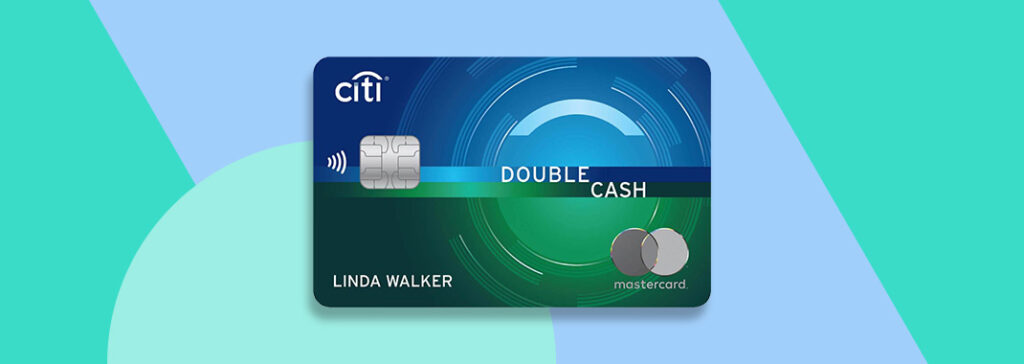Most products on this page are from partners who may compensate us. This may influence which products we write about and where and how they appear on the page. However, opinions expressed here are the author's alone, not those of any bank, credit card issuer, airline or hotel chain. Non-Monetized. The information related to Chase credit cards was collected by Slickdeals and has not been reviewed or provided by the issuer of these products. Product details may vary. Please see issuer website for current information. Slickdeals does not receive commission for these products/cards.
You want your children to be as ready as possible when they finish school and go out into the real world. This means teaching them financial literacy and goals. If they are well-equipped with the right information about personal finance, then they will be much more likely to save money, avoid debt and be able to afford their wants and needs in life.
There’s no reason why you can’t start teaching your children financial goals when they’re young. Here’s some information on how to do it so that it sticks and helps your children for years to come.
Why Should Financial Goals Be a Family Affair?
Giving kids the opportunity to see how money works in a real-life situation will help them better grasp complex concepts. What better way to do that as you’re working through your household finances?
You already know that money isn’t exactly the easiest thing to understand, and if there isn’t a real reason for your kids to learn it, why would they? Sure, there are some practical applications for learning about money. For example, they can figure out their student loan payments. That being said, if college isn’t for at least a decade, you want something that shows them more immediate consequences, like the fact they can’t buy that shiny new toy if they don’t have the money for it or why you need to pay the mortgage each month.
Working together on sound money management principles is a great way to bond with your children. You’ll also have the added perk of improving your finances.
What Are Considered Good Financial Goals?
The best types of financial goals are ones where your children learn to think for themselves. It’s one thing to read a book about money and tell them that it’s important to save, or force them to set aside some of their allowance towards savings. Even if they understand it’s important, it doesn’t give them much autonomy.
Instead, showing why not saving can be disastrous to your financial health (such as when you need to budget enough money for bills) and letting them work out various financial situations can lead them to come up with their own conclusions. In other words, thinking about the types of activities and conversations you have with your children is just as important as the end goal.
Now, take a look at the following financial goals and think about how you can involve your children in real-life situations.
Four Financial Goals To Teach Your Kids
There are many financial topics and goals to cover, so we’ve broken them down into four broad ones. Generally, you want to make sure your lessons are pretty tangible or concrete. Also, ensure that the real-world applications are relevant to them; teaching credit card debt to a preschooler isn’t exactly the best idea.
1. Understand How Money is Earned
Even kids as young as three years old understand how to count, so work on introducing them to how money works. That way, you can incorporate conversations such as why daddy or mommy leaves the house (you know, to earn money). If your child is older, lean into their desire to buy things (peer pressure much?) to show them that earning money is directly tied to paying for these items.
Depending on your child’s age, start by using physical money and graduate to the cashless world.
Ultimately, the goal here is to help your child understand that money doesn’t grow on trees, in a Christmas card from their grandparents or in their parents’ wallets. Rather, it’s earned through an exchange of goods and services.
Some activities to reinforce this concept include giving age-appropriate work in exchange for an allowance. It could even include doing online searches of various jobs and their respective salaries if your kids are older.
2. The Difference Between Needs and Wants
This simple concept is important to help children (and let’s be honest, adults) learn other important skills such as how to budget effectively, the benefits of saving money and understanding financial consequences.
Remember, it’s important to have your children come to their own conclusions, so simply telling them what needs and wants are won’t work. The point here is to show them that money isn’t something to fritter away — it’s meant to help enhance your life.
More to Consider
- How I Got Out of Debt Fast, Twice
- 5 Credit Card Myths Hurting Your Credit Score
- When You Ditch Cash and Debit Cards, Credit Cards Can Save You Money
Having a conversation with them works wonders. For instance, if your child tells you they need a pool in the new home you’re planning on buying, ask them why. Does it help provide shelter or is it more of a recreational pursuit? Doing so provides a way for your child to think about their presumptions.
You can even go as far as showing your children the bills you pay and how you would break them down into needs or wants. It also gives you a chance to review your spending habits and change course if need be.
3. The Benefit of Delayed Gratification
It’s natural for a child who sees a plate of chocolate cookies before dinner to want to eat them right then and there. You know that when this happens, there can be some negative consequences like your child getting a bellyache.
The same goes with money. Teaching them delayed gratification shows them that they can hold off on things they want if it means being able to cover their basic needs or something else they really want. A common lesson to teach is to show your child that if they save their money, they may be able to buy a larger ticket item they really want much faster. Give them the opportunity to make their own choices in as many real-world situations as possible.
For older kids, you may be able to show them the magic of compound interest — how much money will they have if they save it for a rainy day in a high-yield savings account?
4. What Consequences Are When it Comes to Money
There are plenty of consequences you can teach depending on the age level. For instance, you can teach older children about debt and how that can negatively affect their finances. Even budgeting is an example of a consequence — you only have a certain amount of money to go towards needs, wants and savings.
You can show your children (within reason) your budget and how you work on allocating spending categories each month. Or if you were able to survive the holidays debt-free, show them what you did and what might have happened if you had to rely on credit cards.
As your child gets older, give them some autonomy as to how they manage their own money. Let them figure out the consequences of their actions when it comes to their finances. That doesn’t mean, however, you can’t ask questions and walk them through their choices.
You can even help your child open their own bank account (another great goal) and walk them through how to use it. Another option is to take advantage of online games and apps like Savings Spree that show children what happens when they save or spend their money.
If you have a teen in the house, you can start asking them to contribute to some of the household expenses like their cell phone bill. If they fail to pay, their service may get cut off or charge them a late fee, much like what you would have to pay.
Bottomline
Making it your goal to teach your children about money will prove to be highly beneficial to you and your family. It shows your children the benefits of being responsible with their finances and that money is meant to be used to enhance their lives and their family’s lives. While it can be challenging (and let’s be honest, overwhelming) to work on some of these goals, the effort will be worth it.









